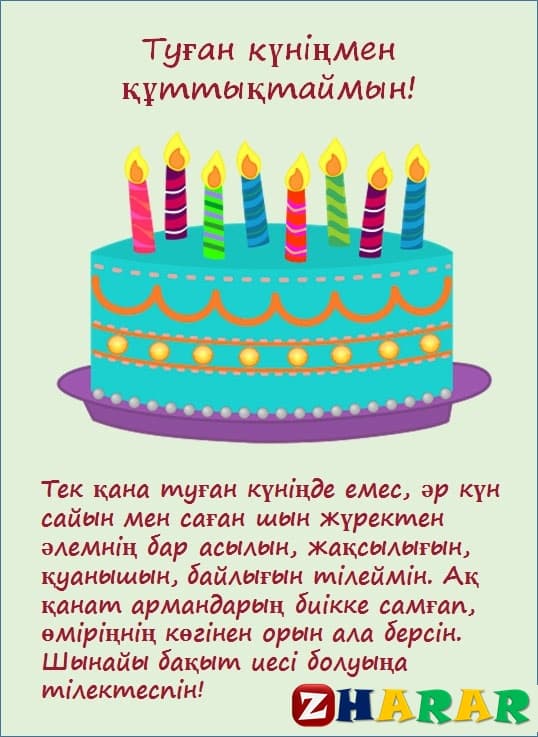Kazaksha Tilekter Tugan Kunge 1 Zhas

Tanikgazetesi has the lowest Google pagerank and bad results in terms of Yandex topical citation index. Changed at March 26, 2017: Registrar and Status. Registar: ENOM, INC. Status: clientTransferProhibited. Registrar-lock* In Other TLDs. Tanikgazetesi.net; Similar Domain Names. Title: Project9_Layout 1 Author: dizgi1 Created Date: 2/7/2017 8:50:50 PM.
Download download muse absolution 320 zip free free. Download ZIP [Suprafiles]: Muse – Essentials (320kbps) Download ZIP [Openload]: Muse – Essentials (320kbps) Muse – Essentials (320kbps) Free Zip Download. Muse Absolution Zip mediafire links free download, download Muse Absolution (Instrumentals), Muse Absolution, muse absolution time is running out - muse absolution zip mediafire files.
In a widely circulated, Dzongsar Khyentse has opened a door on a much needed conversation. His courage (and outrage) led him to say publicly what many people have observed and felt privately. How tulkus are raised is one of the many challenges that Buddhist teachers face today in balancing the traditional with the modern. Yet Khyentse touches on just the tip of the proverbial iceberg. In focusing on the deficiencies in the ways many tulkus are trained and the seeming exploitation of them for economic and political advantage, he does not take into account the origin, evolution, and place of the tulku system in Tibetan culture as a whole. “Tulku” is the Tibetan word for nirmanakaya, the form aspect of a buddha. In modern times the term has come to refer to a person who is recognized as the reincarnation of a former spiritual teacher.
The tulku system is unique to the Tibetan tradition of Buddhism. Broadly speaking, it is a system of identifying and developing spiritual talent to provide for the continuity of the tradition, control of real estate, multiple revenue streams, and the assurance that the gods are alive and well and part of the society they oversee. It is a brilliant solution to this complex of challenges, but it worked only in the isolated society of pre-diaspora Tibet. Dzongsar Khyentse’s criticism of the current training of tulkus is but one manifestation of the difficulties that traditional cultures have when transitioning to the modern world. Any lineage must ensure continuity from generation to generation.
For a variety of reasons, many societies have chosen to have lineage, authority, and property pass from father to son or from parent to child. Rulers and leaders all over the world generally like to keep things in the family and in Tibet.
(1012-1097), for instance, intended that his son, Dharma Dode, take over his spiritual lineage as well as his property. Only when Dharma Dode was killed in a riding accident did Marpa acknowledge Milarepa as one of his spiritual heirs. The father-son succession, however, does not work in a monastic system with celibate teachers.
Thus, Tibetan ruling families adopted an uncle-nephew succession: the abbot’s successor was his eldest brother’s eldest child. When an abbot died, his nephew was hailed as the late uncle’s tulku or reincarnation. Again, this is not what the word “tulku” actually means but what it has come to mean.

The uncle-nephew succession survives to this day in the Sakya lineage. Not all nephews wanted the role.
(1143-1216), the third patriarch in the Shangpa tradition, wanted to devote his life to meditation. After being named the successor after his uncle’s death, Kyergangpa went against the wishes of the monastery and withdrew to a nearby cave. The monks were so angry that they threw stones at him whenever he tried to leave for food and supplies—an attempt to starve him into submitting to his culturally ordained role. This uncle-nephew succession was largely replaced when the Second Karmapa, Karma Pakshi (1204-1283) predicted his own rebirth. On the basis of several visions, Karma Pakshi’s teacher had publicly proclaimed him to be the tulku of Dusum Khyenpa, the first Karmapa. When Karma Pakshi died, he left a letter describing where he would be reborn. The child was found, brought to the monastery along with his family, and trained as a spiritual teacher.
He became the great Third Karmapa and the Karmapa tulku lineage was established. This was the first tulku lineage in Tibet and it initiated the recognition of children as reincarnations of previous teachers. This practice quickly spread to other lineages and legitimized the succession in ways that the uncle-nephew transmission could not.
It also made the lineage succession more secure because the child was now under the complete control of the monastery. As an adage attributed to the Jesuits says, “Give me a child until he is 7, and I will give you the man.” Perhaps because these children received the best in spiritual education, this form of succession produced a remarkable number of extraordinary spiritual teachers over the centuries. Talent will out when it is important to the culture, whether the talent be in mathematics, music, football, soccer, or mysticism. It is not unreasonable to suppose that spiritual teachers were often able, through dreams, visions, omens, or other methods stemming from Indian Buddhism and Central Asian shamanism, to identify children who might have great spiritual potential. It is quite possible that the success rate of the Tibetan teachers in identifying spiritual talent was on par with the success rate of NBA scouts in identifying basketball talent. Spiritual succession was not the only rationale.